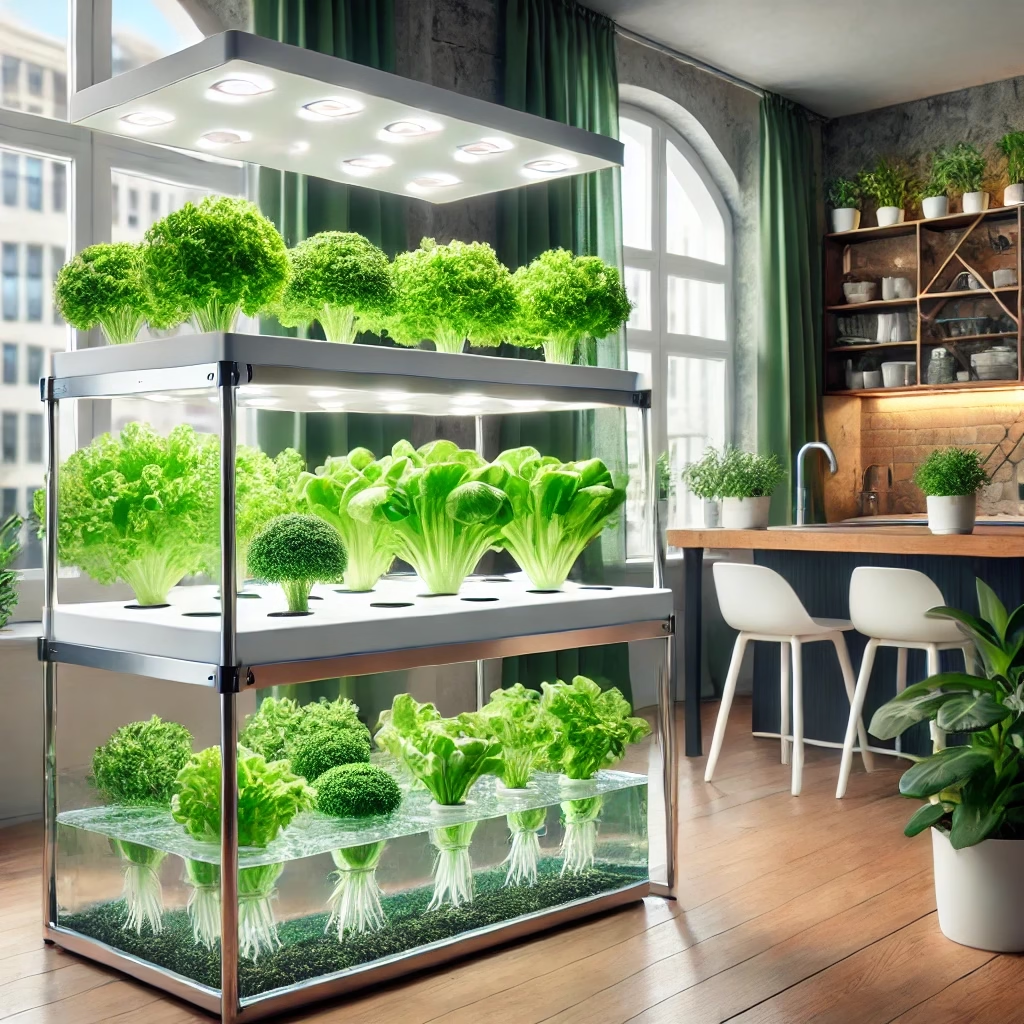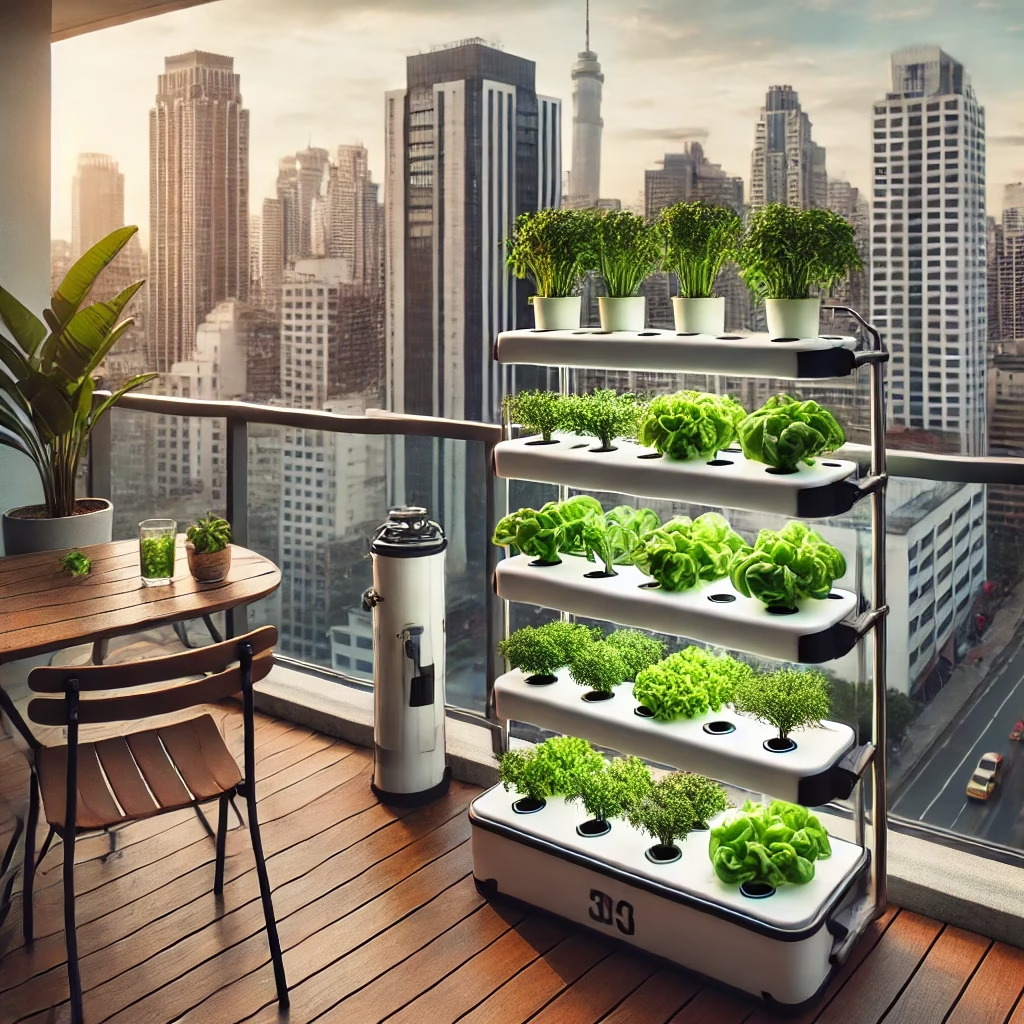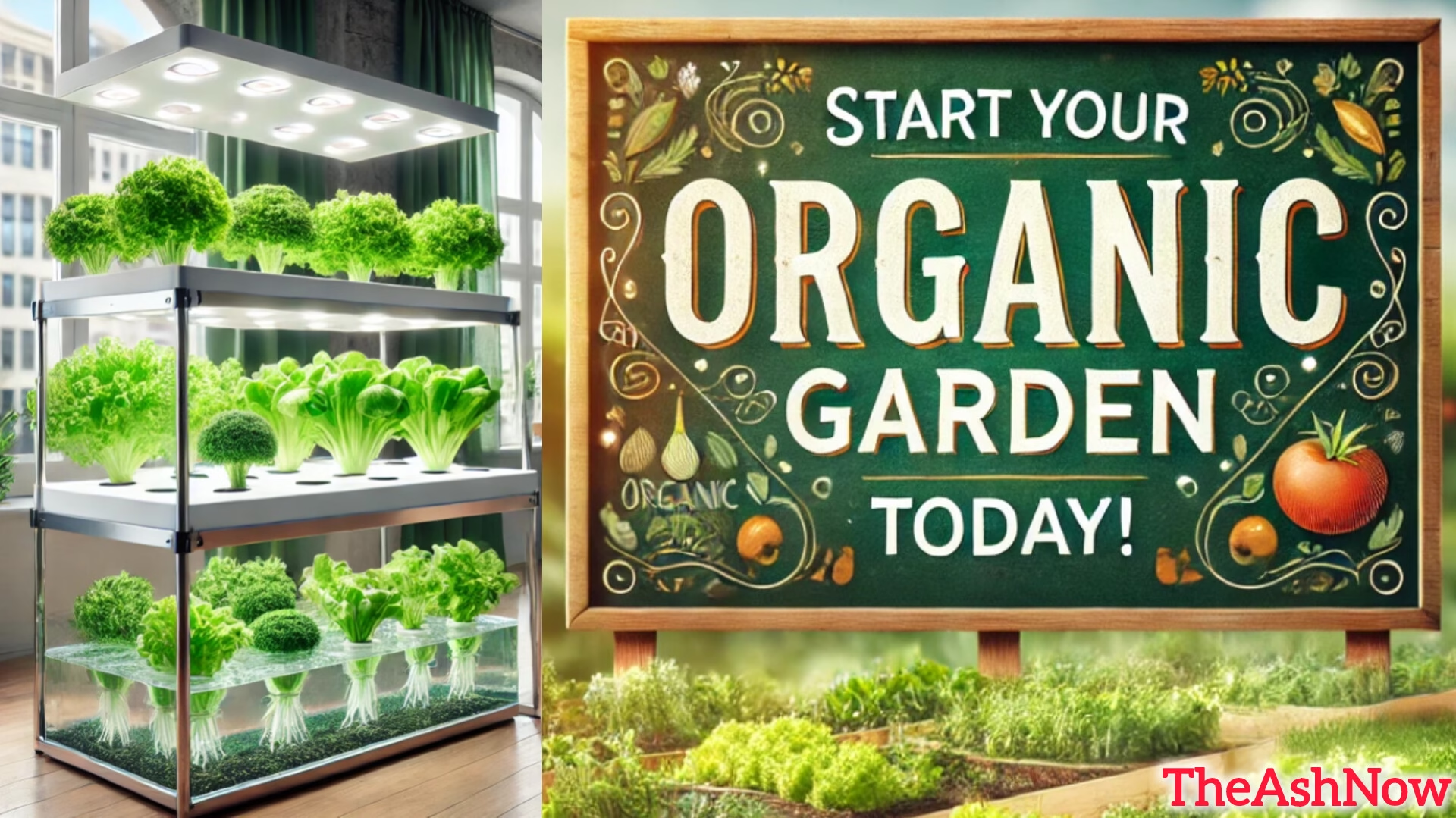A step-by-step guide to starting an organic vegetable garden
Increasing your organic vegetables is a rewarding hobby and a great way to enjoy fresh, chemically free dividends. Whether you have a large garden or a small space, you can start an organic vegetable garden and enjoy Homegrown food. This guide takes you through each step to help you create a rich organic garden.

Step 1: Select the right place
The success of your garden depends on its location. What do you need to think here:
- Sunshine: Most vegetables require at least 6-8 hours of sunshine daily.
- Soil drainage: Avoid areas where water is collected; Vegetables require good dry soil.
- Pawan Safety: Strong winds can damage plants. Consider placing your garden near a fence or rescue for safety.
- Construction: Choose a place near your house so it is easy to maintain and harvest your vegetables.
Step 2: Plan your garden setup
Before you start planting, plan the garden layout.
- Raised beds vs ground planting: Raised beds provide better control of soil quality and drainage, but ground planting works well for large gardens.
- Partner: Some plants are better at the same time. For example, tomatoes and basil support each other’s development.
- Crop rotation: Changing the plant places in each season helps prevent soil shortages and insect problems.

Step 3: Prepare soil
Healthy soil is the basis for an organic garden. How to prepare it:
- Test Earth: Use a soil test set to check the level of pH and nutrients.
- Add organic matter: Add livestock manure, age livestock manure, or organic wet grass to enrich the soil.
- Avoid chemical fertilizer: Stick to natural modifications such as livestock manure or fish emulsion.
Step 4: Select the right vegetables
Choose vegetables based on climate, weather, and preferences. Some easily developed organic vegetables include:
- Bladed greens: latus, spinach, cal
- Route vegetables: carrots, radish, turn
- Frame roads: Tomatoes, Cucumbers, Zucchinis
- Falls: Peas, beans
Step 5: Use organic seeds and seedlings
To maintain an organic garden, choose non-GMO, organic-shaped seeds or seedlings. Many local kindergartens and online stores provide biological alternatives.

Step 6: Water wisely
Proper water is needed for a rich organic garden.
- Deep but huge water: It encourages deep-root development.
- Morning water: Reduces evaporation and fungal diseases.
- Use drip irrigation or sleeping hoses: These methods save water and keep the leaves dry.
Step 7: Mulch for moisture and weed control
Mulching is the best friend of an organic gardener.
- Use organic wet grass: grass clips, straws, leaves, or wood tile work well.
- Press WeED: Mulcha Weeds prevents weeds from growing.
- Maintain moisture: It keeps the soil moist and reduces the requirement for continuous water.
Step 8: Natural pests and disease control
Avoid chemical pesticides using organic methods:
- Attract favorable insects: ladybugs and prayer cementis eat harmful insects.
- Hand whip pests: Manually remove larvae and beetles.
- Use neem oil or soap spray: Natural sprays can prevent pests without damaging plants.
Rotate crops: Prevent pests from becoming a recurring problem.

Step 9: Food your plants naturally
To keep the plants healthy, fertilize them systematically.
- Compost: Provides important nutrients and improves soil health.
- Organic fertilizer: Use fish emulsion, bone food, or worm casting.
- Composted: A liquid fertilizer made of aged livestock manure increases the growth of plants.
Step 10: Crop and enjoy!
Cut your vegetables at the right time for the best taste and nutrition.
- Pick up early in the morning: Vegetables are sharp and hydrated.
- Use pure equipment: Prevents disease spread.
- Store properly: Place leafy vegetables in a cold, dark place in the refrigerator and root vegetables.
Final thoughts
Starting an organic vegetable garden is a complete journey. This helps you to eat healthy, reduce the cost of groceries, and contribute to a permanent environment. Follow these steps, be patient, and enjoy the process of increasing the fresh vegetables!
Frequently Asked Questions (FAQs)
How much space do I need for a biological vegetable garden?
You can also start small with containers or raised beds. A 4×4-foot garden bed is sufficient for beginners.
How do I, of course, stop pests?
Use partner planting, introduce favorable insects such as ladybugs, and apply neem oil or homemade garlic spray.
How many times should I give water to my biological vegetable garden?
Depending on the weather level and soil moisture, water depth 2-3 times a week.
What is the best time to start a biological park?
Spring and early decline are ideal weather, but it depends on the climate and vegetables you choose.
Can I grow organic vegetables indoors?
Yes, small vegetables such as leafy vegetables, herbs, and cherry tomatoes can thrive in sufficient sunshine containers or can increase the light.
Are you ready to start your organic garden? Share your experiences or questions in the comments!
Latest Posts:

(TheAshNow)





1 thought on “How to Start an Organic Vegetable Garden: A Step-by-Step Guide for Beginners 🌱”